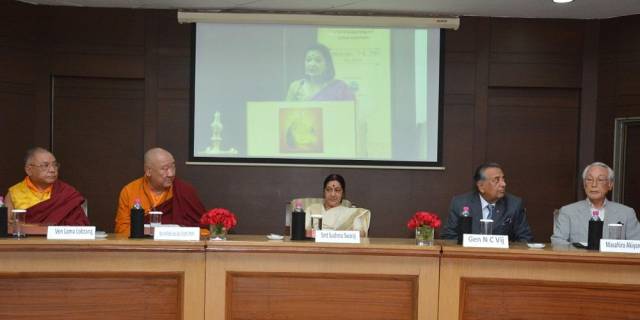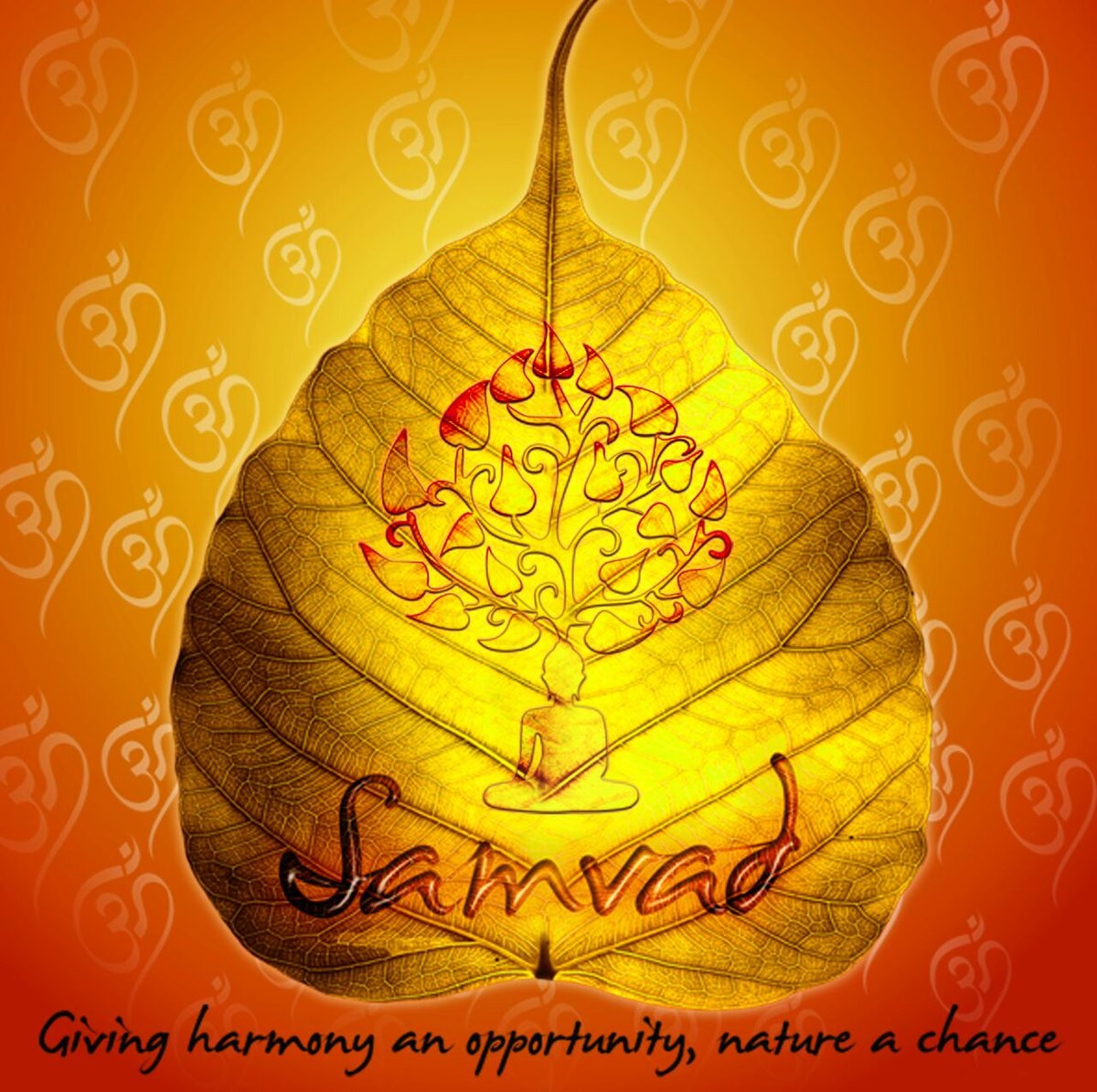Can inter-religious gatherings make way for a peaceful world? When Hinduism, Buddhism and Muslim faith leaders come together in Myanmar, the real question of peace will be the parameter. The programme “Samvad II: Dialogue for Peace, Harmony and Security – A Global Initiative for Conflict Avoidance and Environment Consciousness” on August 5-6, 2017 at Sitagu International Buddhist Academy (SIBA), Yangon” is a congregation of faith luminaries and policy influencers. During “Samvad-I”, which was organised by Vivekananda foundation, Tokyo Foundation and IBC, Prime Minister Narendra Modi endorsed the views of Hindu legendary saint Adi Shankaracharya and Maṇḍana Miśra that through discussion change can be brought in society. The emphasis of this initiative is to establish discussion and interaction between India and Buddhist religion-dominated countries. It is important, in this context, to understand the mutual efforts of India and Japan. In SAMVAD-II, video message of India and Japan’s PM will be part of their efforts to establish a new understanding for existing problems and their solutions. Uttar Pradesh CM Yogi Adityanath is also joining the conference with Union Home State Minister Kiren Rijuju. The inauguration will be done by UP Governor Sri Ram Naik. A special inclusion of muslim leaders will also make this initiative more wide and broad. The outcomes will surely decide some paths for future of these cultures and religions. From India, Swami Avdeshanand, Swami Chidanand Saraswati, Swami Parmatmanand, Swami Vishveshshwarananda, Swami Nirmal Nath, Sadhguru Brahmeshanandacharya, Swami Gyananand, Acharya Muni Lokesh, Mehmood Madni and many other faith leaders are attending this programme.
 http://www.vifindia.org
http://www.vifindia.org
In August 2014 when PM Modi visited Japan, a new thought has discussed between both PM. SAMVAD is an outcome of this brainstorming and Ideologue S Gurumurthy is navigating this idea to many shores. Japan which practices Buddhist and Shinto religion, has always seen west as main competitor of cultural interference. In the case of India, the situation is a bit different. Here thought, market and people all are liberal. Now Japan is concentrating more on India and wants to set an example by setting a new course of religion and regional bonding, a dream which Gautam Buddha had seen long back. With understanding this intent, India is using the impact of its Buddhist background.
Hindu religion still has an impact on every culture and land. In the USA, the population of Hindus are increasing day by day. However, the influence of Hindu religion is limited in China, Japan and South East Asia. Japan has just 4000 hindus. It appears that for practicing and popularizing Hinduism and Buddhism religion, “Samvad” will be given an official status by both government soon.
 http://www.vifindia.org/
http://www.vifindia.org/With the passage of time, in Buddhism, many more thinking and practices has developed in addition to Hinayana and Mahayana. This has reduced brotherhood, but this is not the case with Hindu religion. Countries of South East Asia who have got their independence in last century have a feeling of togetherness in their shared religions.
Myanmar as a county seems best venue to organise SAMVAD-II as the county has tasted democracy few years back and now want to establish itself on world map. Buddhism and Islam has many inherited problems in this country, so a dialogue between Hinduism, Buddhism and Muslims may provide a window of new ways to heal old wounds.
Let’s hope that “Samvad” this time will go beyond the boundaries and will affect the thinking. At least, we can say for this programme- Buddhn Srnn Gchchhami (I take refuge in the Buddha)









